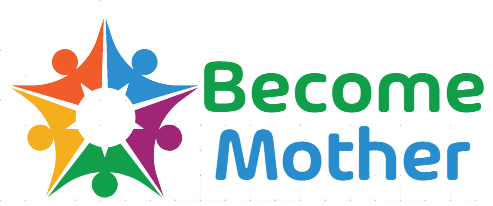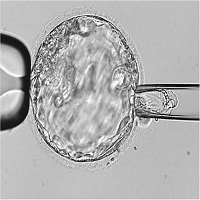Assisted Hatching

Assisted hatching is a laboratory process that is been carried along with in vitro fertilization (IVF) treatment. As IVF involves mixing sperm with eggs in a laboratory ( contrasting to a natural conception), assisted hatching allows the fertility expert to fertilize in the best manner possible during the same process.
During the IVF process, the fertilized eggs are closely monitored and tracked for around 3 to 6 days to further let them divide and develop as embryos.
Moreover, the best embryo is then been planted into the woman’s uterus (embryo transfer) to help her in getting pregnant or the same embryo can also be preserved for future use via cryopreservation. During the embryo development process, it is largely surrounded by cells that further create a protective shell (zona pellucida) around it.
The embryo usually breaks out of this shell and grows further as a part of the natural process. Intermittently, the fertility doctor may make a small “crack” within the outer shell of the embryo before it is going to be placed into the woman’s womb. This whole process is known as assisted hatching. The whole probability applied here is that the assisted hatching process may help the embryo to expand and get implanted in the uterine wall, which may finally lead to pregnancy.
How is assisted hatching carried through?
During the assisted hatching process, the outer shell of the embryo first gets artificially destabilized while creating a small hole in the zona pellucida. This can be done in several different ways. There is a method that involves the application of an acid solution, called Tyrode’s solution that further helps in melting a small hole within the shell while the other method involves the usage of laser technique to “crack” the shell.
Importance of assisted hatching
- Assisted hatching has proved its relevance in most successful pregnancies and births and it has further played a vital role in supporting pregnancies in cases where the eggs cannot be hatched via natural methods
- Assisted hatching comes of great help to all the women that have earlier witnessed two or more than two unsuccessful cycles in the past
- Assisted hatching works perfectly for all women that are aged beyond 35 years and currently undergoing the IVF treatment
- There come certain critical situations where the embryos come on board with certain abnormalities like a thick outer wall during the IVF treatment. Assisted hatching helps quite well in all of these cases.
Benefits of assisted hatching
Fertility experts don’t recommend the usage of assisted hatching for all the patients undergoing IVF treatments as there are studies in place that confirms its relevance for certain patients with unique fertility issues like
- Assisted hatching can boost the chances in women that have failed to conceive in previous IVF cycles along with those who are coming with poor prognosis (not likely to conceive).
- You are a woman undergoing IVF treatment for certain unexplainable infertility issues that are not allowing you to conceive by natural means.
Why choosing Become mother for assisted hatching is a great idea?
At Become Mother, we are equipped with a team of the best and most professional medical experts that can deliver the most advanced assisted hatching services with all the right techniques and expertise. We further take pride in being termed as the most ethical and affordable IVF and Surrogacy consultants around.
Besides carrying all the right expertise and experience, we have ensured our business outreach in countries like Kenya, the USA, the UK, India, Canada, Cambodia, Mexico, and so on. During the same journey, we have helped thousands of couples across the globe with all the right and most supportive consultation and assistance in IVF treatments and Surrogacy services. While being associated with us, you can stay assured of getting the right support and the most affordable plans within your budget limitations.





